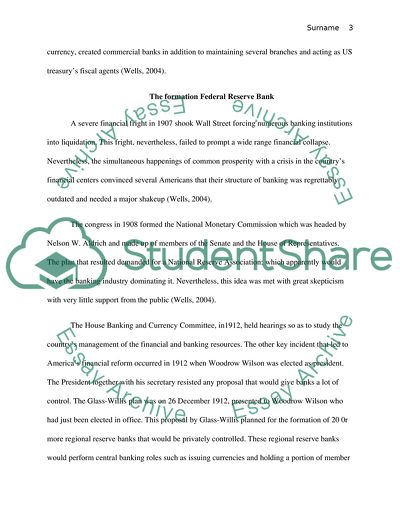Cite this document
(The Federal Reserve System (FED): Influence in the US and Global Essay, n.d.)
The Federal Reserve System (FED): Influence in the US and Global Essay. https://studentshare.org/macro-microeconomics/1860406-the-federal-reserve-system-fed-influence-in-the-us-and-global-economies
The Federal Reserve System (FED): Influence in the US and Global Essay. https://studentshare.org/macro-microeconomics/1860406-the-federal-reserve-system-fed-influence-in-the-us-and-global-economies
(The Federal Reserve System (FED): Influence in the US and Global Essay)
The Federal Reserve System (FED): Influence in the US and Global Essay. https://studentshare.org/macro-microeconomics/1860406-the-federal-reserve-system-fed-influence-in-the-us-and-global-economies.
The Federal Reserve System (FED): Influence in the US and Global Essay. https://studentshare.org/macro-microeconomics/1860406-the-federal-reserve-system-fed-influence-in-the-us-and-global-economies.
“The Federal Reserve System (FED): Influence in the US and Global Essay”. https://studentshare.org/macro-microeconomics/1860406-the-federal-reserve-system-fed-influence-in-the-us-and-global-economies.


